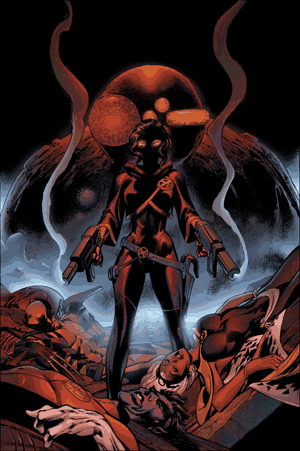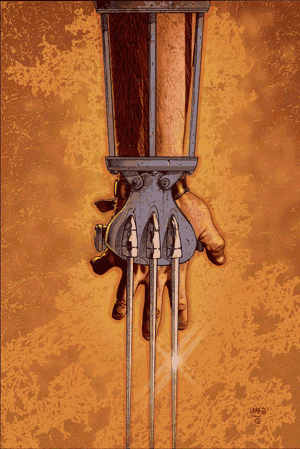The True Superman
Hey, I’m back! For now… I’ve been having lots of trouble connecting to the Internet lately (entirely the fault of the awful campus network I’m on, so there’s not much I can do about it except graduate and move someplace with a good network), and given that I am preparing to graduate in about two weeks, I’ll probably be a bit busy in the near future and so the no-blogging trend may continue. I have lots of stuff to write about, but no time and an uncooperative Internet connection.
Now.
Superman stands alone. Superman did not become Superman, Superman was born Superman. When Superman wakes up in the morning, he is Superman. His alter ego is Clark Kent. His outfit with the big red S is the blanket he was wrapped in as a baby when the Kents found him. Those are his clothes. What Kent wears, the glasses the business suit, that’s the costume. That’s the costume Superman wears to blend in with us. Clark Kent is how Superman views us. And what are the characteristics of Clark Kent? He’s weak, unsure of himself… he’s a coward. Clark Kent is Superman’s critique on the whole human race, sort of like Beatrix Kiddo and Mrs. Tommy Plumpton.
This, of course, is Bill’s monologue on Superman from Kill Bill Vol. 2 (which Quentin Tarantino apparently “borrowed” from Jules Feiffer’s book The Great Comic Book Heroes). This is the most obvious possible interpretation of Superman, and frankly I’m surprised at the number of people I’ve encountered who seem deeply impressed by this allegedly brilliant interpretation. What did you folks think Superman was about?
Actually, I disagree with Bill. Well, certainly he’s right that Clark Kent isn’t the real guy, he’s a character Superman made up so he doesn’t have to be Superman all the time. However! Superman isn’t the real guy either… Superman certainly isn’t his real name, his name is Kal-El. (Or Kal-L on the erstwhile Earth-2.) That’s his Kryptonian name—so is the Kryptonian Kal-El the real guy? But he was never really Kryptonian. Sure, in the pre-Crisis DC Universe (and Bill has us talking pre-Crisis here, the weakling coward Clark Kent is a pre-Crisis artifact), it seems like half the population of Krypton managed to escape, what with Supergirl, Krypto, the bottled city of Kandor, and whatever other obscure Kryptonians were lurking around—but even with all those Kryptonians around, Kal-El could at best get history lessons. He couldn’t ever be part of a living Kryptonian culture. And anyway he certainly didn’t grow up Kryptonian. He grew up American, but his extraterrestrial origin and his superpowers serve as constant reminders that he’s far from a natural citizen. Even his powers aren’t naturally Kryptonian. He’s an emigrant from a place which doesn’t exist and which he never knew, to a place from which his alien genetics always separate him.
Superman has plenty of alter egos, but no natural self. His only nature is alienation from nature. He is, in fact, a metonym of human nature, which is alienation from nature. What Christians call Original Sin, alienation from God. What people are looking for when they give up the hectic bustle of modern life and join a commune or something. The immigrant embodies this alienation physically, and Superman takes immigration to the next level: not only is he from another planet, he’s from another planet that blew up and no longer exists. It’s like Genesis without the moral judgement and without Happy Heaven as a final reward after a life of struggling to get back to Eden. Superman’s only reward for the true selves he tries to cobble together out of the pieces he’s been left with is no more and no less than whatever self he manges to cobble together. His life as Superman, Clark Kent, Kal-El are the closest he’ll ever get to Heaven. (This is one reason I find attempts to make Superman a Christ figure amusing. Or bemusing. He descends from some idealized place and takes on the burden of humanity, right, but then he doesn’t have any Heaven to ascend to! He’s like the first half of a Christ figure, which just means he’s human.)
As long as I’m writing about Superman’s identities I should note that Chris Maka and Ken Lowery are also pondering superhero identities. Ken specifically offers some criticism of the Punisher’s own identity issues, which makes sense but don’t trust me, I’ve never read any Punisher comics.


